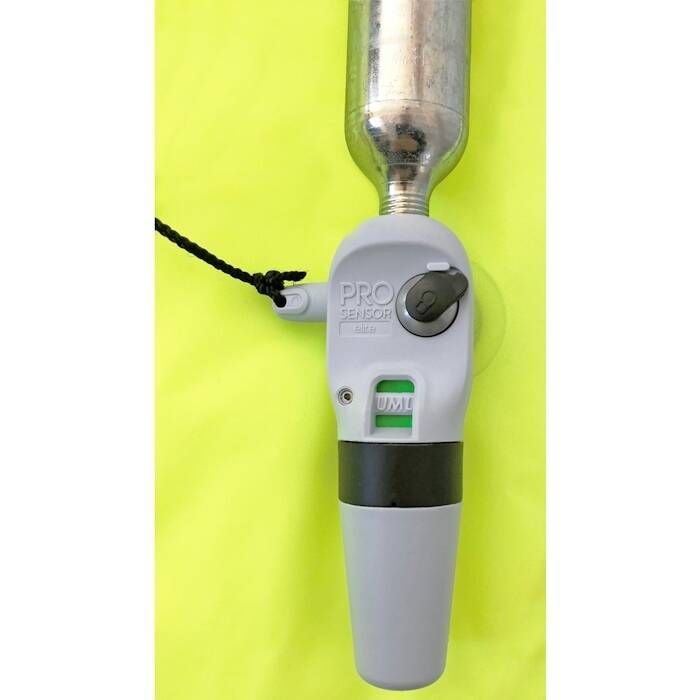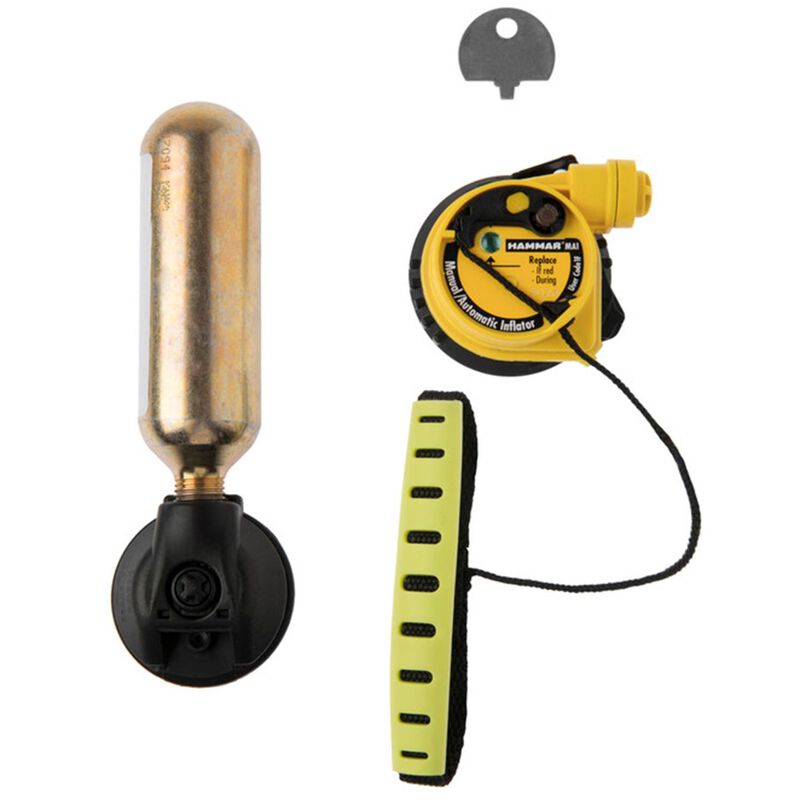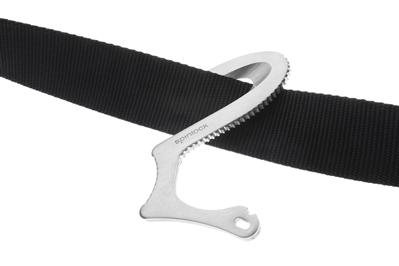“I’ve Heard It All Before” Sometimes, it pays to listen
“Safety Moments, presented at CCA Stations and Posts”
By Chuck Hawley, San Francisco Station
Recently, I flew on a Boeing 737 on an international flight, and as luck would have it, I was able to fly in Business Class. The aircraft was similar to every 737 that you’ve flown in, but the Business Class cabin, consisting of 10 seats, was very different; sort of like a mini-version of a larger aircraft’s business seating. As I customarily do, I reached under the seat to find the life jacket, as some of our flight would be over the Indian Ocean. Hmm, no life jacket, nor was there a compartment in the armrest that I shared with Susan. Having never had to evacuate an aircraft, thankfully, this wasn’t a crisis, but it was curious: did they not offer lifejackets for some reason?
Eventually, I “found” them, although their location was indicated by the pre-departure briefing (in Arabic, Swahili, and English) as well as the card in the seat back. The life jackets were stowed overhead, where you’d expect to find the emergency oxygen masks. Furthermore, the seatbelt operated differently than every other seatbelt that I’ve used: to release, you pressed a button along the axis of the belt, rather than lift a handle. In the dark, or with smoke in the cabin, I am not sure I could have figured it out. And the card in the back of the seat in front of me illustrated a completely different seat belt design.

Frequent travelers, or those listening to a particularly good podcast, frequently skip the safety briefing because “they’ve heard it all before 1,000 times” and find no value in it. Similarly, when sailing, we become immune to repetitive messages about safety because “we’ve heard it all before.” But there are instances when things ARE different, and we’re foolish if we don’t listen, and listen carefully.
For example:
- Spinlock Deckvest lifejackets are available with two different inflators. One is located on the left side of the shroud, and one is located on the right side. There is no classic “jerk to inflate” lanyard pull; there’s a rubber “handle” that pulls across your chest.
- If you have a UML inflator you pull to the right with your right hand.
- If you have a Hammar inflator, you pull to the left with your left hand.

Hammar Inflator Lifejackets with built-in chest harnesses generally offer the user the ability to disconnect the tether from his chest under load. But some tethers are terminated at the chest with a cow-hitch, which doesn’t quickly release at all. In those cases, a sharp webbing cutter (Spinlock calls it an S Cutter) is located near the attachment point of the tether, and it requires you to find it, grab it in your fingers, and cut the tether. While I doubt I could do this while being towed at more than a couple of knots, at the very least you have to understand the technique or it’s of no use.

- All inflatable lifejackets have some means of orally inflating the inflation chamber. That is the #2 or #3 method to inflate the device when the water-activated or manual methods fail. The oral inflation tube is virtually always opposite the side of where the inflator is located. Unless it isn’t. On a few new vests, the time-honored “rule” that the oral inflation tube is on the opposite side isn’t followed.

Zipper behind flap Inflatables that use a zipper to close the shroud (instead of a hook and loop tape arrangement) have a “burst” point in the zipper that allows the internal pressure of the rapidly filling buoyancy chamber to open the zipper in two directions without damage. It’s also where the wearer would rip open the shroud to get to the oral inflation tube, which is immediately in the vicinity. Unless it’s not. On some newer inflatables, the oral inflation tube is on the opposite side from the burst point, so that the wearer has to have the wherewithal to rip open the zipper, then continue opening it behind his/her head, all the way to the opposite side. This is really a bad design.
Most of the issues would be non-issues if we always wore the same life jacket, which would also be the one we take to Safety at Sea Courses every five years. But often skippers or boat captains will have a full suite of identical, frequently new safety “packages” for each crewmember. Or you’re a guest on a cruising catamaran. Or you hand one of your extra inflatables to a guest on your J-125. Whatever the reason, when you are handed a new-ish life jacket, or you’re handing one to your new crew, take the time to make sure you understand its operation and quirks.






